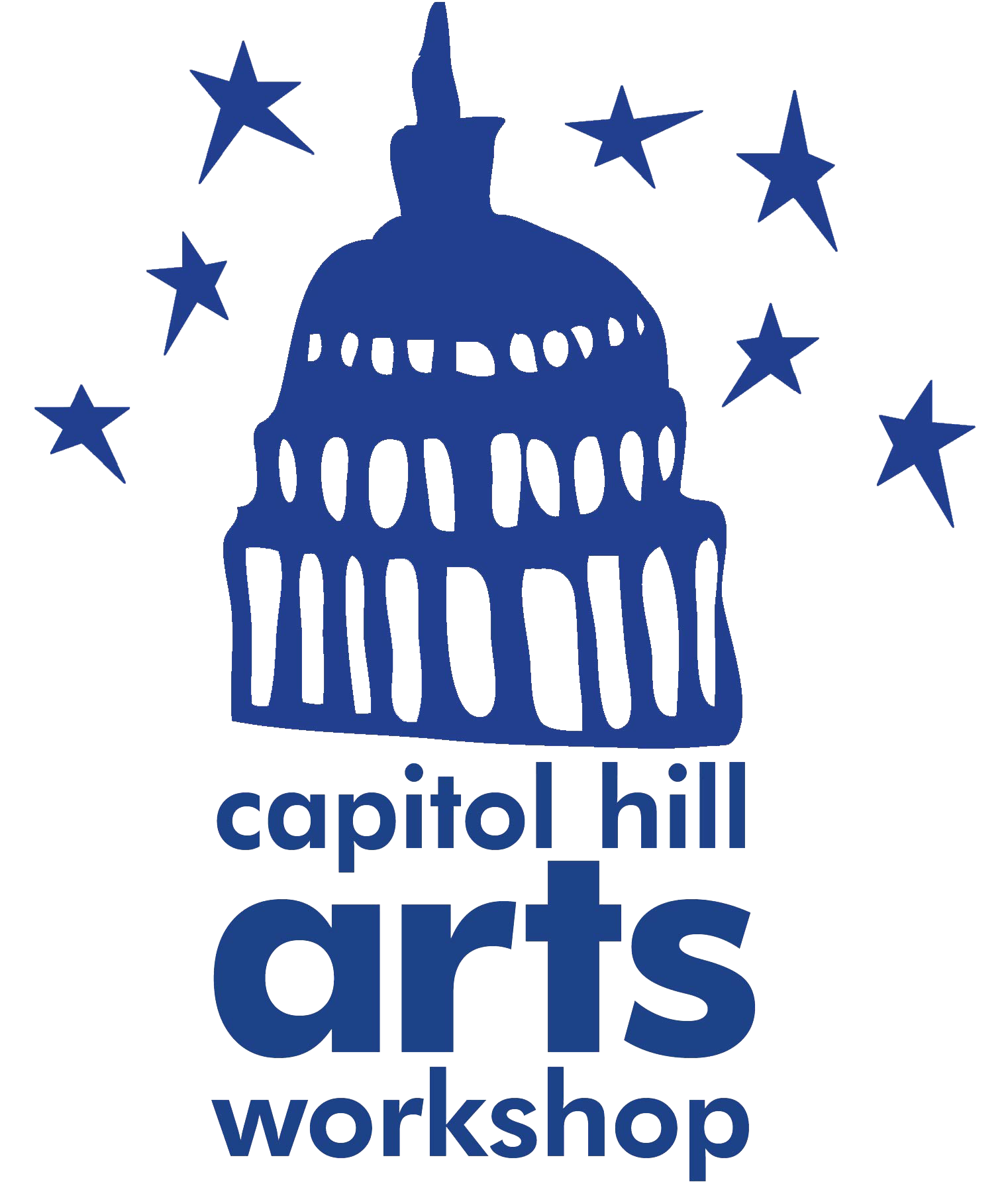Building community through the arts since 1972. A place where the arts connect and transform people.
About CHAW
CHAW’s mission of “building community through the arts” is rooted in the belief that art and community-building are synergistic. A diverse constituency creates more dynamic arts experiences, and more dynamic arts experiences engender greater empathy by giving rise to myriad voices in a highly collaborative and creative environment. Our goals are to uplift local arts and artists, promote artistic literacy, and share creative resources. Collectively, this sets the stage for our vision: “to connect and transform.” This mechanism for propelling social change is at the heart of all we do: Better art makes better justice.
We offer instruction in the visual and performing arts for students of all ages and abilities; artist residencies; and outreach. We also produce public art. Classes are taught by professional artists and educators. Our youth programs include after school courses, camps, outreach workshops and internships. In our history, we have never turned a person or organization away for inability to pay.
Our constituency spans a wide income range but is primarily concentrated in Ward 6. In a typical year we serve approximately 5000 people both directly through our in-house programs and outreach, and indirectly through the many non-profits that call CHAW their home, as well as through partnerships with a wide variety of community organizations and schools.
Our History
“Somewhere, its members knew, the Capitol Hill Arts Workshop (CHAW) would find a home. Sally Carlson Crowell, their president, had been looking since she helped found the workshop in 1972 in response to a need for a community school devoted to the arts.
Demand for workshop courses and instruction quickly outstripped the supply of buildings where the students could be taught…Crowell heard through the grapevine that the Benjamin Brown French School at 7th and G streets SE might be auctioned. The school, built in 1904, had been used as a manual arts training center for neighborhood children until 1942 when it was leased to the Marines. They held it until 1959 when it was yielded to the D.C. Department of Highways. After three years as a storage area, the building was left empty (except for resident pigeons) for 17 years.
Crowell, a Howard University graduate and former student at The Boston Conservatory, set out to snare the building …with an agreement that workshop members would renovate and maintain it for their nonprofit community school. They raised $50,000 and by March 1979 obtained a matching grant from the Department of the Interior through the District’s Department of Housing and Community Development.
Two weeks later, the Marines landed. Actually, they came over from their barracks around the corner to help clean the place… Contractors and legions of friends went to work weekend after weekend, hammering and sawing until they had fashioned an airy, sunny workshop.”
— Excerpt from “CHAW: Home Is Where the Art Is” July 31, 1980 Washington Post


50 years ago…
“The Godfather” was released
Roberta Flack’s “The First Time Ever I Saw Your Face” hit the charts
First video game “Pong” was created
The world’s first digital watch was unveiled
The television show MASH was first aired
Mark Spitz won 7 gold olympic medals for swimming
The last Apollo mission was flown
CHAW was born!
Conceived of and built by a collective of neighbors who knew the importance of community arts and wanted a dedicated space for creative development in their neighborhood, CHAW’s first classes were launched in 1972; 24 students enrolled and the Capitol Hill Arts Workshop made its debut. It has been a community anchor ever since.
Although much has changed since its founding, CHAW remains remarkably timeless. The same spirit and essence that fueled its founding in those early days is present in the building today. The people may change but shared humanity, love of community, creative curiosity and passion for art are the bedrock foundation for a place that has served tens of thousands of people over the past half a century. At CHAW art is a way of life for a lifetime.
